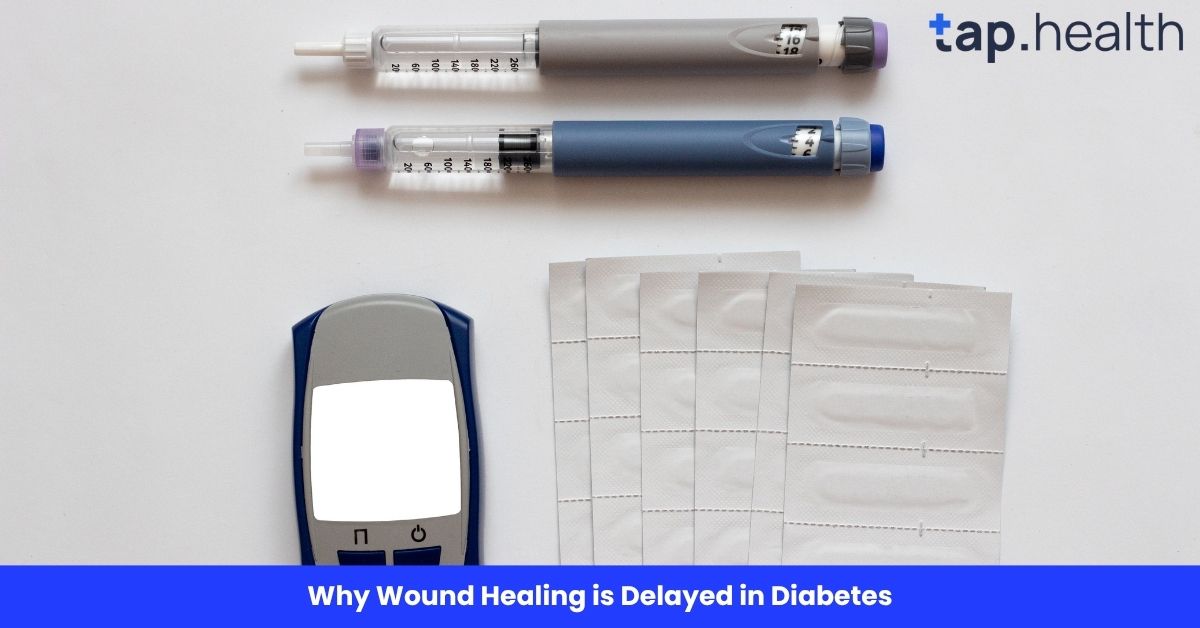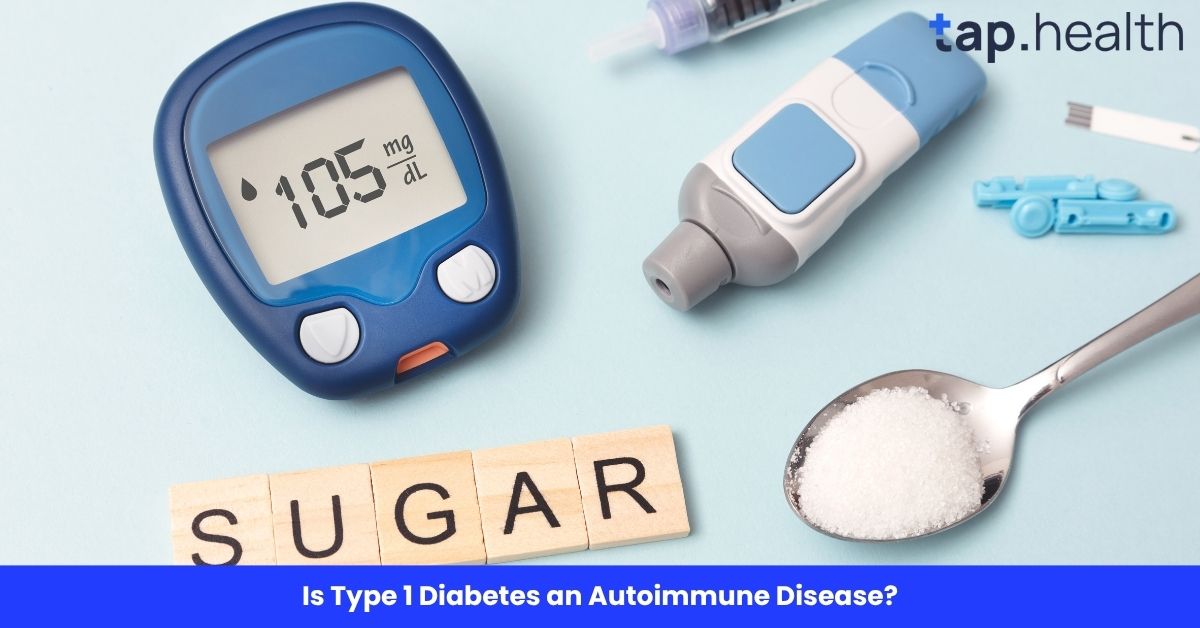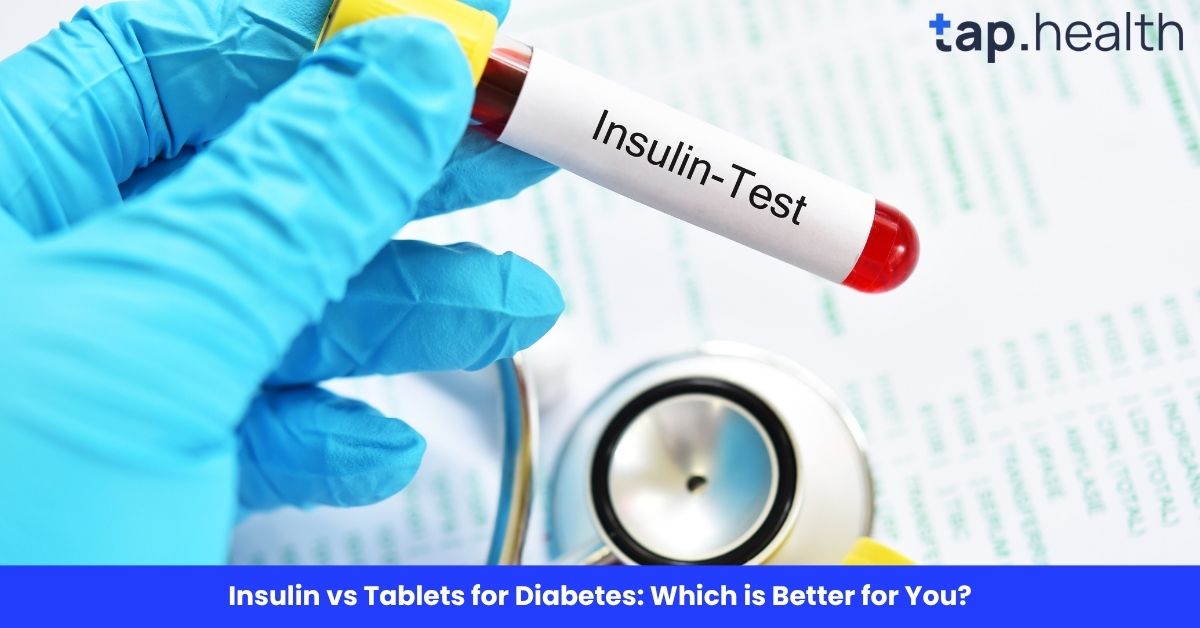Wound healing is a complex process involving various stages, from inflammation to tissue regeneration. In most people, wounds heal relatively quickly, but for individuals with diabetes, the healing process can be much slower. This can lead to severe complications such as infections and prolonged recovery times.
If you’re wondering why wound healing is delayed in diabetes, you’re not alone. Understanding the reasons behind this delay, the factors that contribute to it, and how it can be managed is crucial for diabetic individuals to take care of their health. In this comprehensive guide, we will dive deep into the causes of delayed wound healing in diabetes, the impacts it can have, and how diabetic patients can improve their healing process.
What Happens During Normal Wound Healing?
Before understanding why wound healing is delayed in diabetes, it is important to know how normal wound healing works in healthy individuals.
Wound healing generally occurs in four stages:
1. Hemostasis (Stopping Bleeding)
The first step is when blood vessels constrict to stop bleeding. Platelets form a clot, and proteins like fibrin help to form a scab, preventing further blood loss.
2. Inflammation
The body fights any potential infection by sending white blood cells (immune cells) to the site of the wound. This stage also clears away any dead or damaged tissue.
3. Proliferation (Tissue Formation)
New tissue begins to form at the wound site. This includes the development of blood vessels (angiogenesis), collagen deposition, and tissue granulation.
4. Maturation (Remodelling)
This is the final stage of healing, where the new tissue matures and strengthens over time. Scar tissue is formed, and the wound becomes less noticeable.
Why is Wound Healing Delayed in Diabetes?
In individuals with diabetes, several factors disrupt the normal wound healing process. Let’s explore the main reasons why wound healing is delayed in diabetes.
1. High Blood Sugar (Hyperglycemia)
One of the most significant factors contributing to delayed wound healing in diabetes is high blood sugar levels. Chronic hyperglycemia leads to several negative effects on the body that impede the body’s ability to heal wounds efficiently.
- Impaired immune function: High blood sugar reduces the efficiency of white blood cells, impairing the body’s ability to fight infections.
- Reduced collagen production: Collagen is crucial for wound healing. High blood glucose levels decrease collagen production, making wound closure slower.
- Dehydration: High glucose levels can lead to dehydration, which negatively impacts the body’s ability to heal.
2. Poor Circulation
Diabetes, particularly when poorly managed, can damage blood vessels and nerves, leading to poor circulation. This can slow down the delivery of oxygen and nutrients to the wound site, which is essential for healing. Over time, diabetic neuropathy (nerve damage) can also cause loss of sensation in the feet and other extremities, leading to unnoticed injuries that are not treated promptly.
- Peripheral artery disease (PAD): In diabetes, blood vessels become narrowed and hardened due to excess sugar, leading to reduced blood flow, especially to the extremities. This limits the supply of oxygen and nutrients needed for wound healing.
- Poor oxygenation: Adequate oxygen is vital for wound healing, and reduced blood flow prevents oxygen from reaching the wounded area.
3. Weakened Immune Response
In diabetes, the immune system is weakened, and the body’s ability to fight off infections is compromised. This is because high blood sugar levels cause the immune cells, like neutrophils and macrophages, to function less effectively. When infections occur, the body is less able to clear bacteria and pathogens, causing prolonged inflammation and delayed healing.
- Chronic inflammation: The body’s response to injury is often slowed in diabetic individuals due to inefficient immune system functioning, leading to chronic inflammation that can delay tissue repair.
- Increased susceptibility to infections: A weakened immune system increases the risk of infections, which can further slow down the healing process.
4. Increased Risk of Infections
In people with diabetes, the body’s inability to control blood sugar levels contributes to an increased susceptibility to infections. Bacteria thrive in high-glucose environments, and wounds that are slow to heal become easy targets for bacterial infections. If infections are not controlled, they can further delay healing and even lead to complications like gangrene or amputation in severe cases.
- Impaired skin barrier: High glucose levels impair the skin’s ability to act as a protective barrier, increasing the risk of external pathogens entering the body.
- Reduced antibiotic effectiveness: Chronic high blood sugar can also reduce the effectiveness of antibiotics, making it harder to treat infections.
5. Neuropathy and Loss of Sensation
Diabetic neuropathy, a common complication of diabetes, causes nerve damage that can lead to a loss of sensation in the feet and other extremities. When people with diabetic neuropathy get a cut or scrape, they may not even notice it, leading to untreated wounds that can become infected and take longer to heal.
- Unnoticed injuries: People with neuropathy might not realize they have a wound until it becomes infected and inflamed, making early treatment harder.
- Foot ulcers: Foot ulcers are common in people with diabetes and are often caused by unnoticed wounds or pressure on the feet, making them harder to heal.
6. Hormonal Imbalance
Diabetes can affect the body’s natural hormone balance, including hormones involved in the healing process. The lack of proper hormonal support can slow down tissue repair and regeneration.
- Cortisol levels: Elevated cortisol levels due to chronic stress or high blood sugar levels can impair the immune response and delay healing.
- Growth hormone deficiency: Insulin and growth hormone interact in the healing process, and imbalances can hinder the regenerative aspects of wound healing.
Effects of Delayed Wound Healing in Diabetes
Delayed wound healing in diabetes can lead to several serious consequences if not managed properly. Some of the major effects include:
1. Infections
Untreated wounds or infections that don’t heal properly can spread, leading to serious infections that may require hospitalization and even surgery.
2. Amputations
In severe cases, infected wounds that don’t heal can lead to gangrene (tissue death) and ultimately the need for amputation, especially in the feet and lower legs.
3. Chronic Pain
Wounds that do not heal properly can result in chronic pain, discomfort, and swelling, affecting the overall quality of life.
4. Reduced Mobility
Wounds, especially in the feet, can make it difficult for diabetic individuals to walk or move around comfortably, leading to reduced mobility and independence.
How to Manage Delayed Wound Healing in Diabetes
While delayed wound healing in diabetes is common, it can be managed effectively with the right approach. Here are some steps to take:
1. Maintain Good Blood Sugar Control
Keeping blood sugar levels within a healthy range is the first and most important step in preventing and managing delayed wound healing. Consistently monitoring and controlling blood sugar can improve the body’s ability to heal wounds.
2. Proper Wound Care
- Clean the wound: Regularly clean the wound to prevent infection. Use sterile gauze and mild antiseptic solutions.
- Dress the wound: Use appropriate dressings that protect the wound from dirt and bacteria while allowing it to breathe.
- Change dressings regularly: Ensure that dressings are changed as per healthcare guidelines to keep the wound clean and dry.
3. Manage Infections
If an infection is suspected, it’s essential to seek immediate medical attention. Antibiotics may be prescribed to control the infection, and sometimes, surgical intervention may be necessary to remove infected tissue.
4. Foot Care
Diabetic individuals, especially those with neuropathy, should regularly check their feet for cuts, blisters, or ulcers. Wearing proper footwear and seeking professional podiatric care can help prevent serious foot complications.
5. Nutritional Support
Eating a balanced diet rich in vitamins (especially Vitamin C and Vitamin E) and minerals, such as zinc, can help boost the healing process. Proper nutrition helps improve collagen formation and immune function.
Real-Life Scenario
Imagine a person with diabetes who accidentally cuts their foot while gardening. Even a small cut may take weeks to heal, compared to a few days in someone without diabetes. The wound may become red, swollen, or infected if not carefully monitored, highlighting the importance of proper care and blood sugar management.
Expert Contribution
Endocrinologists and wound care specialists explain that delayed healing is linked to hyperglycemia, poor circulation, and immune system dysfunction. Studies show that elevated blood glucose levels can impair the function of white blood cells, reduce collagen production, and delay tissue regeneration, all of which are crucial for proper wound repair.
Recommendations Grounded in Proven Research and Facts
- Maintain good blood sugar control: Keeping HbA1c within the target range accelerates healing.
- Proper wound care: Clean wounds regularly, use antiseptic solutions, and cover them with sterile dressings.
- Monitor for infection: Early detection of redness, swelling, or pus is critical.
- Healthy lifestyle: Balanced diet, regular exercise, and quitting smoking improve circulation and immune function.
- Consult healthcare professionals: Podiatrists or wound care specialists can provide advanced care for slow-healing wounds.
Frequently Asked Questions (FAQs) on Why Wound Healing is Delayed in Diabetes
1. Why is wound healing slower in people with diabetes?
Wound healing is slower in people with diabetes because high blood sugar impairs immune function, reduces blood flow, and limits the production of collagen, which is necessary for tissue repair.
2. How can I prevent wound infections in diabetes?
To prevent infections, keep wounds clean, monitor blood sugar levels, change dressings regularly, and seek prompt medical attention if an infection is suspected.
3. What are common complications of slow-healing wounds in diabetes?
Complications of slow-healing wounds in diabetes include infections, amputations, chronic pain, and reduced mobility.
4. Can diabetes be managed to prevent delayed wound healing?
Yes, managing diabetes through proper blood sugar control, diet, regular exercise, and wound care can significantly reduce the chances of delayed wound healing.
5. When should I see a doctor for a wound in diabetes?
If a wound doesn’t heal after a few days, shows signs of infection (redness, warmth, swelling), or causes significant pain, it’s important to consult a healthcare professional immediately.
Conclusion
Delayed wound healing in diabetes is a common but manageable problem. High blood sugar, poor circulation, immune dysfunction, and nerve damage all play a role in slowing down the body’s natural healing process. However, with proper diabetes management, regular wound care, and prompt treatment of infections, individuals with diabetes can significantly improve their chances of fast and effective healing. If you are diabetic and notice slow-healing wounds, it’s essential to take immediate action to prevent further complications.


